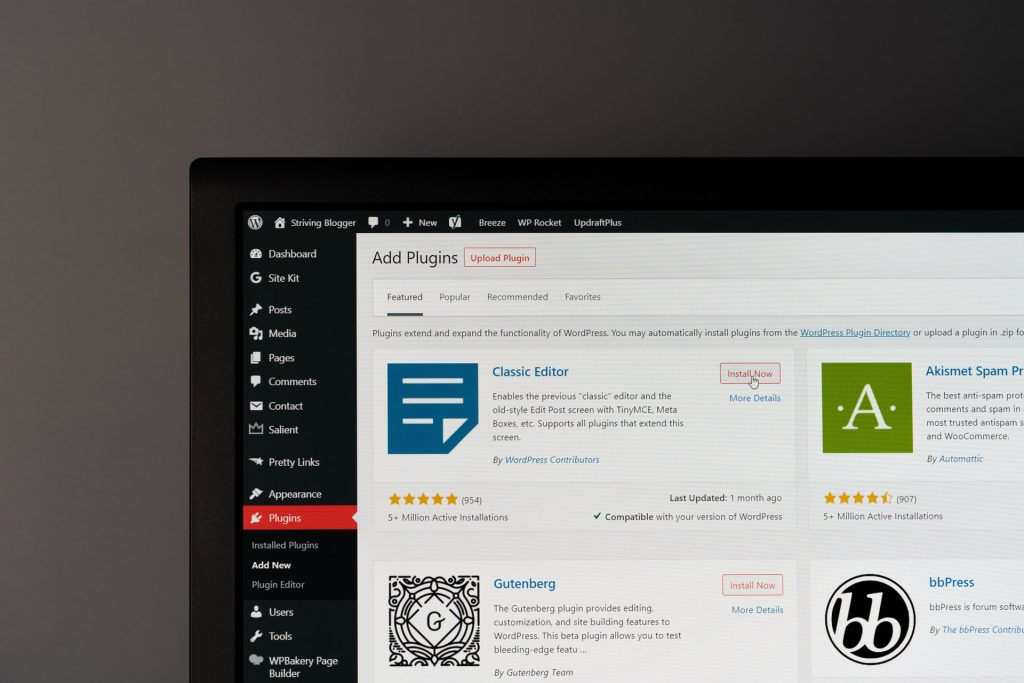Magento is a prominent online retail platform. This platform cannot guarantee that the online shop will always work properly and without issues.
Many factors impact how consumers feel and how well a firm succeeds when creating an e-commerce site. Learn how to solve issues that influence how visitors use your site, or just contact our firm for eCommerce development services.
Table of Contents
1. The Wrong Theme Picked

When picking an online shop theme, many owners concentrate on the look rather than the functionality. If you want the optimum performance, choose a non-optimized stock theme.
It’s not always the case. They often contain faulty coding and superfluous plugins. These themes are usually designed with a lot of care, which might harm the site’s performance.
Hire a professional web design firm to create a theme for your site. Because it would be custom-made, it will satisfy unique corporate demands. It will also consider its qualities and the target audience’s expectations.
If you can’t create a new theme from scratch, you may purchase a pre-made theme with solid code and modify the look and functionality. These are premium Magento 2 themes.
2. Too Many Add-Ons

This platform’s benefit might be a disadvantage for those who do not plan their online shop. With so many plugins to select from, it’s tempting to overdo and add superfluous features. While the site’s functionality should be considered for visitor ease, the choice to install additional plugins should be taken with care.
To avoid issues downloading extensions from your online shop, choose extensions created by reliable sources. Solwin Infotech, for example, sells high-quality plugins that help you increase sales by speeding up and simplifying your website. Examine the available extensions.
3. Incorrect Database Settings
Many users like Magento’s storage capabilities, flexibility, and speed. All of this is due to the Entity-Attribute-Value (EAV) data model. When properly configured, this paradigm increases website performance. If the settings are incorrect, the online store’s performance might be greatly reduced.
Change “Refresh on Save” to “Scheduled Refresh.” So your website will always operate smoothly. This can help you diagnose Magento performance issues when the website is busy.
4. The Server Loads Too Slowly

The online store’s server issue may be why it doesn’t perform correctly. Slow CPUs and insufficient RAM are two prevalent server issues.
The server processor’s speed directly affects Magento’s performance. Magento requires a strong processor to handle requests quickly.
5. Opting for the Incorrect Mode
Magento uses terms like “default,” “developer,” “production,” and “maintenance.” Choosing the appropriate approach to operate a platform may increase its performance. Those considering such a move will need to know the following regarding Magento.
- Works even if no mode is selected. You may start an online shop with Magento without changing any settings. Suitable for online retailers that create static files. It may affect the site’s performance.
- This mode is ideal for customizing and expanding a site: static files are not cached, and exceptions are presented in the browser for better source code inspection.
- This was enabled through an online shop software upgrade. “The service is not accessible at this moment,” users see.
- Only the real-time traffic mode works. There is no method to activate or disable caching in the admin panel. It creates static files and logs to the system log. The operating mode is the ideal approach to test a Magento-based web business.
6. There Are Too Many Caching Choices
Many individuals use Magento. So many popular online retailers accept this payment option. The site gets a lot of traffic, which means a lot of caches, which might create issues if not set up correctly.
Magento uses Varnish and Redis modules for data caching. They are great for development caching but might cause issues in the real world. Setup Varnish and Redis appropriately to prevent issues. In this situation, page loading time is 1-2 seconds.
7. Flat Directories

If you utilize flat directories, your Magento shop will operate much quicker. Many web designers utilize this technique to make their sites speedier. Flat catalogs reduce database queries and speed indexing.
This was formerly considered one of the most essential techniques to increase site performance. Adobe no longer recommends this technology after Magento 2.1.x. This strategy may create indexing issues, slow down the site, and claim the creators. This may cause you to reconsider flat directories. Before unchecking this box, be sure the extensions you require will still operate.
8. Too Much Multimedia Stuff
Any online shop needs images and videos to show customers what they can purchase. This is the greatest approach to display a variety of items. But plenty of images and videos may make an online store’s pages heavy and slow downloading performance.
Liked the article? Then follow this link and find out how easy it is to optimize your site on Magento6 https://elogic.co/services/ecommerce-development-services-uk/.




